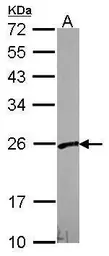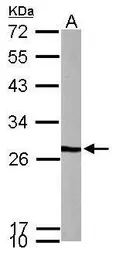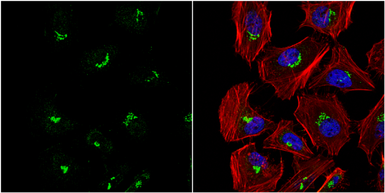PFDN3 antibody
Cat. No. GTX114875
Cat. No. GTX114875
-
HostRabbit
-
ClonalityPolyclonal
-
IsotypeIgG
-
ApplicationsWB ICC/IF
-
ReactivityHuman, Mouse


